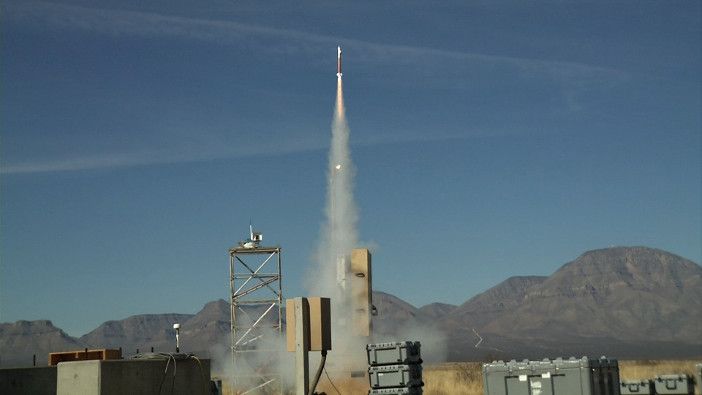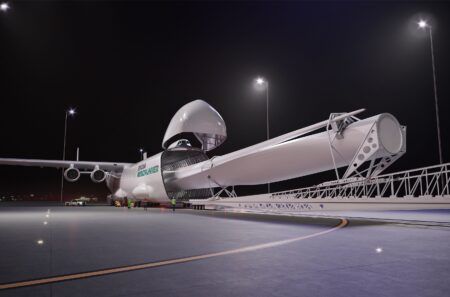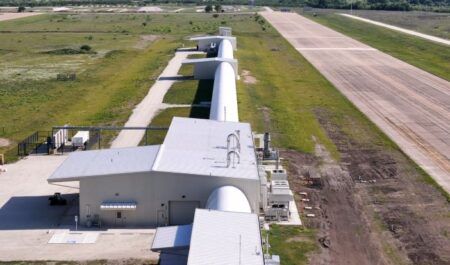The US Army has awarded Lockheed Martin a US$2.6 million contract to develop and test its Miniature Hit-to-Kill (MHTK) interceptor, evaluate its effectiveness and demonstrate manufacturing readiness as part of the Extended Mission Area Missile Program.
The MHTK missile is designed to defeat rocket, artillery and mortar targets without a warhead at ranges projected to exceed those of current and interim systems.
The missile is just under 2.5ft (76cm) in length, 1.5 inches (4cm) in diameter and weighs about 5 lb (2.2kg) at launch. The compact size of the MHTK allows multiple rounds to be packaged in a very small footprint to effectively combat complex threat situations like saturation attacks.
The US Army contract award marks the MHTK’s transition from its science and technology phase to the development phase. Hal Stuart, force protection program manager at Lockheed Martin Missiles and Fire Control said, “This brings us one step closer to addressing a top battlefield priority – having an effective and cost-efficient solution to defeat rockets, artillery, mortars and other airborne targets.”
Previous contracts from the US Army and investment from Lockheed have funded the MHTK missile to a concept demonstration stage with two configurations – a semi-active radio frequency seeker and an active radio frequency seeker.
MHTK has conducted 12 flight tests so far. The most recent controlled flight test in January 2018 at White Sands Missile Range, New Mexico, demonstrated the interceptor’s agility and validated performance of the airframe and electronics, which are now common between MHTK’s two configurations to drive affordability.





